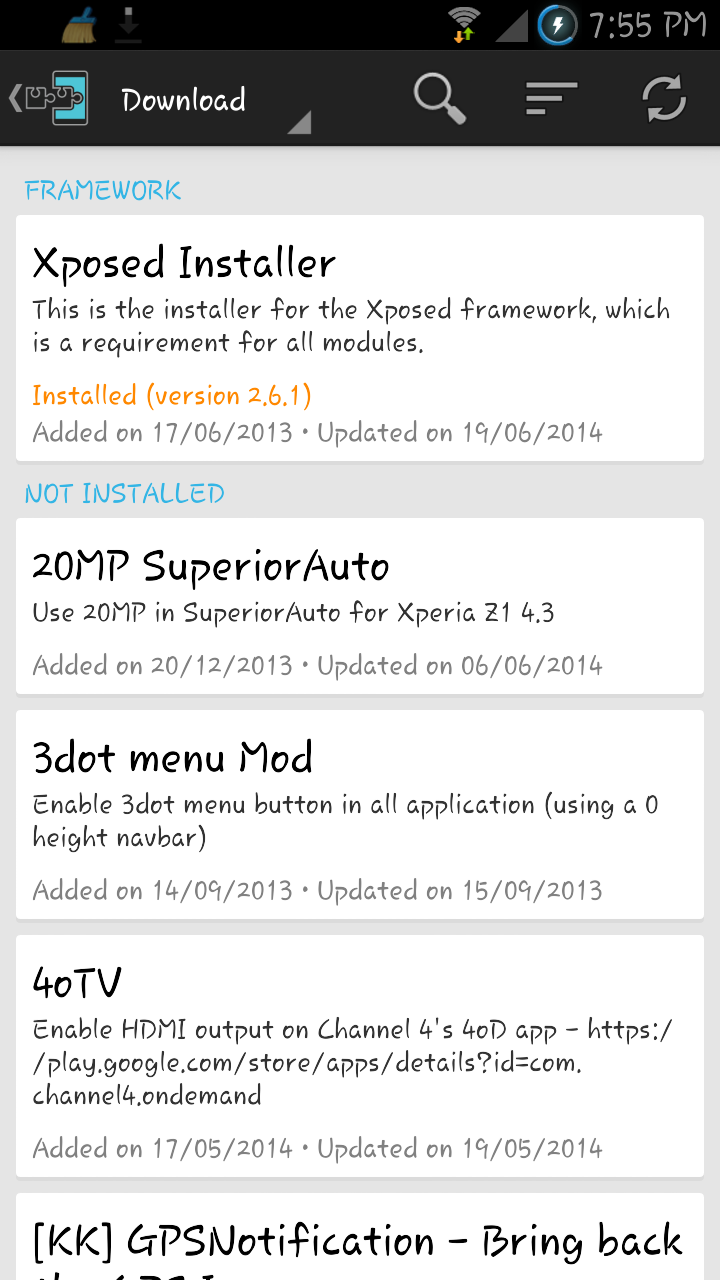This is second part in continuation to my earlier post here. Are you tired of entering your lock password on a regular basis? Wouldn't it be nice if all the locks be disabled, when you reach home or workplace? Here we will show some appllications that are of convenience to users, and Xposed framework and its modules.
When you're at home or in your vehicle, your phone is safe and you wont want to be typing in your password on frequent basis. And as soon as a result of the fact phone gets out of range, it locks. There are few applicationw which enable you to skip past the lock screen whenever you are connected to a designated wifi or bluetooth device.
1) Smart App protector
This is one of the best app protector i have seen and have been using for years. You can choose to lock an application, lock the screen or rotation as well. In the newer versions, you can set different lock types as well as different passwords for each application. Along with it comes "Lock Convenience features" based on Wifi or Bluetooth. After selecting the Wifi apname, whenever you get connected to the ap name, all locks will be disabled.
 |
| Lock Convenience |
 |
| Wifi based unlock |
 |
| Selecting Wifi ap name |
2) Skiplock
SkipLock is one of the leading password convenience app in the market. The setup wizard enables you to setup, and provide helpful dialogs if something isn't quite right. Using it is way easier.
Some of the features in SkipLock, as quoted in the Google play are - Pattern and face unlock supported on rooted devices
- No background service = less memory usage and much more reliable
- Automatically switch on/off wifi, bluetooth, sync
- WidgetLocker integration
- Low memory usage and minimal impact on battery life
- Can save your battery when you let it automatically switch off wifi, bluetooth, and sync
 |
| Skiplock |
3) Xposed Framework [Root required]
Xposed is a framework for modules that can transform the behavior associated with the system and apps without touching any APKs. It allows modules to patch/alter/tweak on-the-fly a ROM in many ways that usually require a custom rom with custom code. The xposed framework on its own isn't useful,as it requires modules that tell it what code to change.
It's also easy to undo. As all changes are carried out in the memory, you simply need to deactivate the module and reboot to get your original system back. Think of it as a method to inject code.
Basically, think of xposed framework as this massive toolbox thing that can tweak any kind of program in the phone.It's style of like how some roms allow one to theme your phone. Only rather than just replacing the images in an app, xposed can hook into the code of any app and alter how it runs.
 |
| Xposed framework |
 |
| A module to remove account section |
 |
| Account section removed |